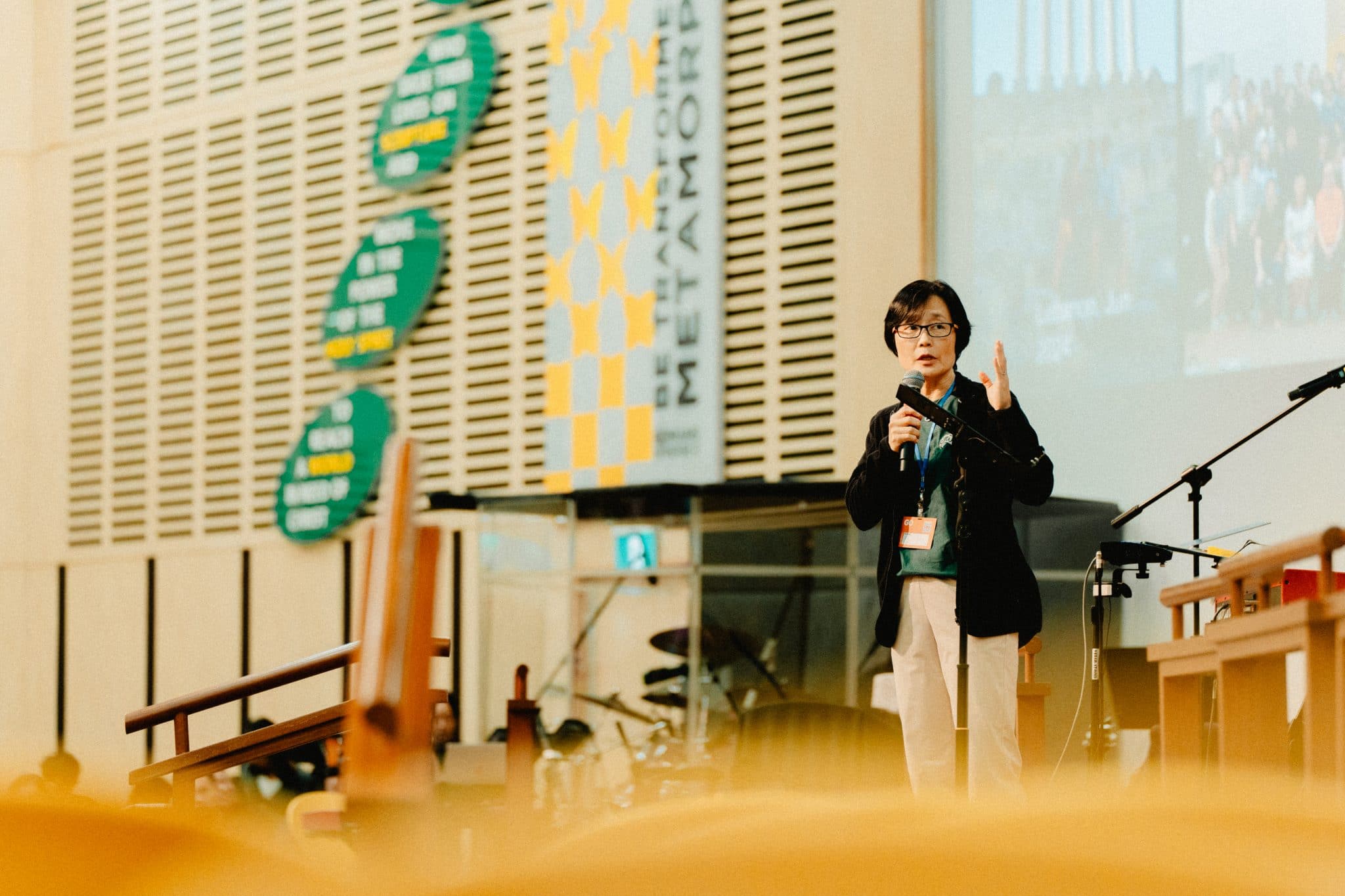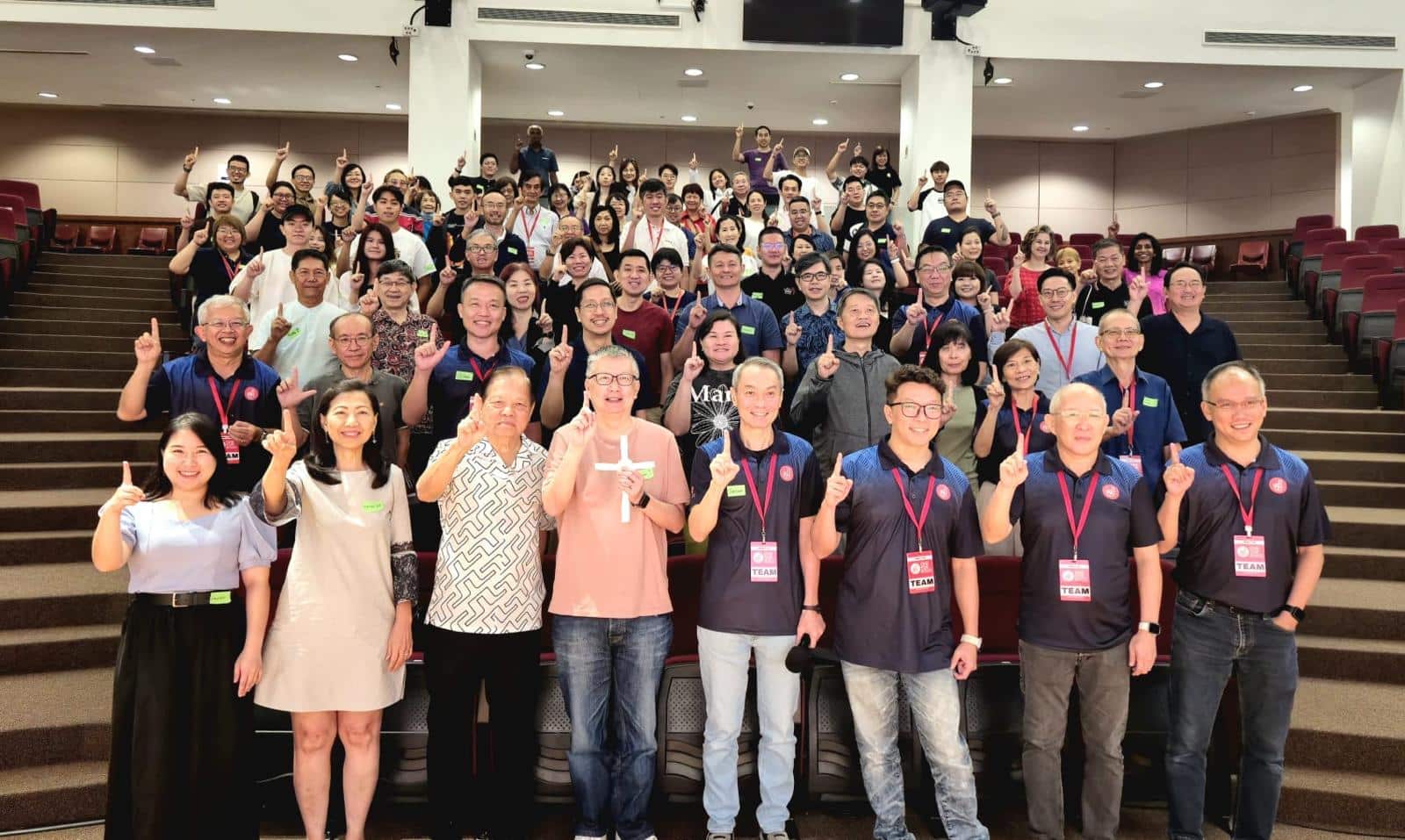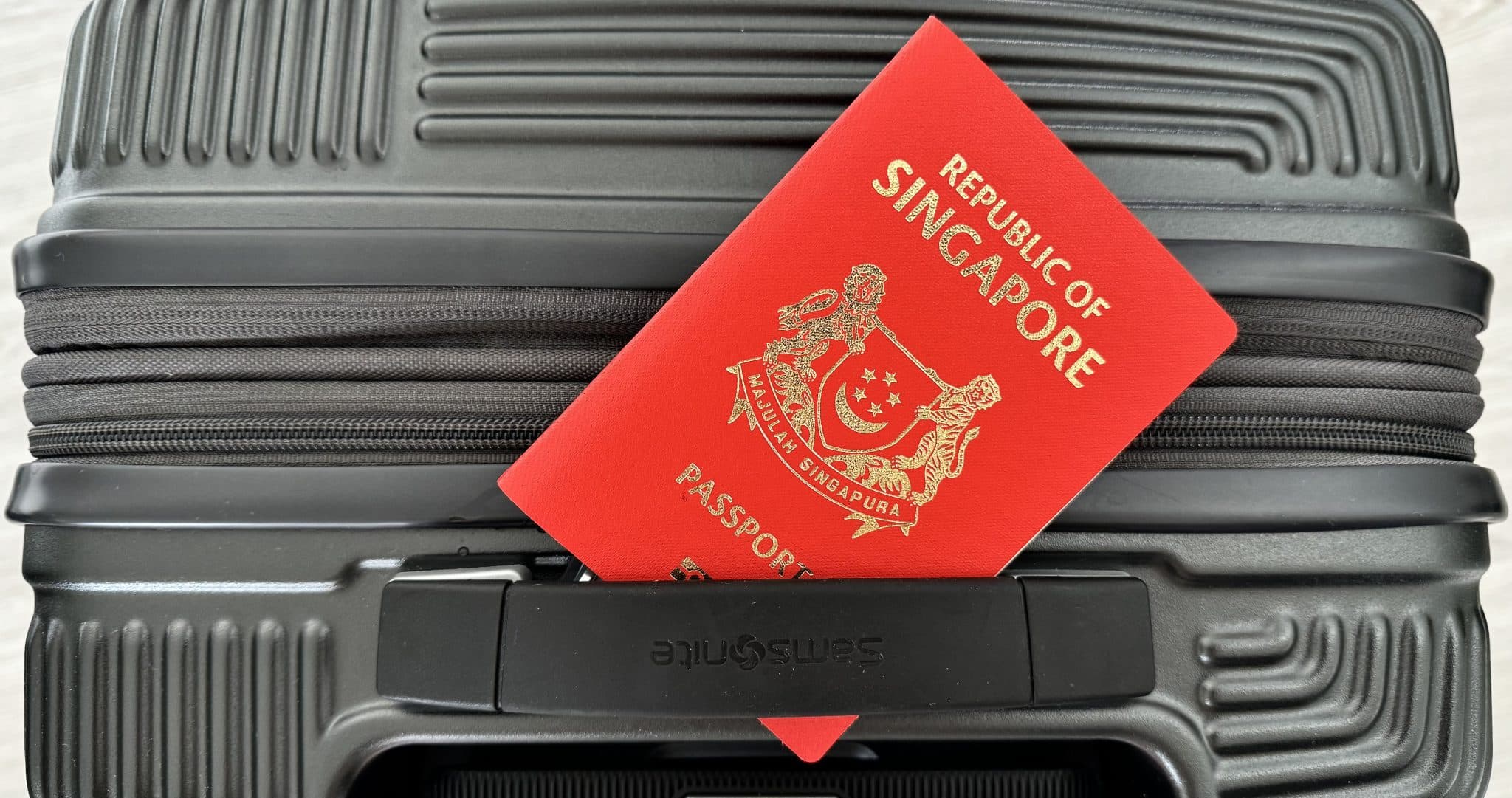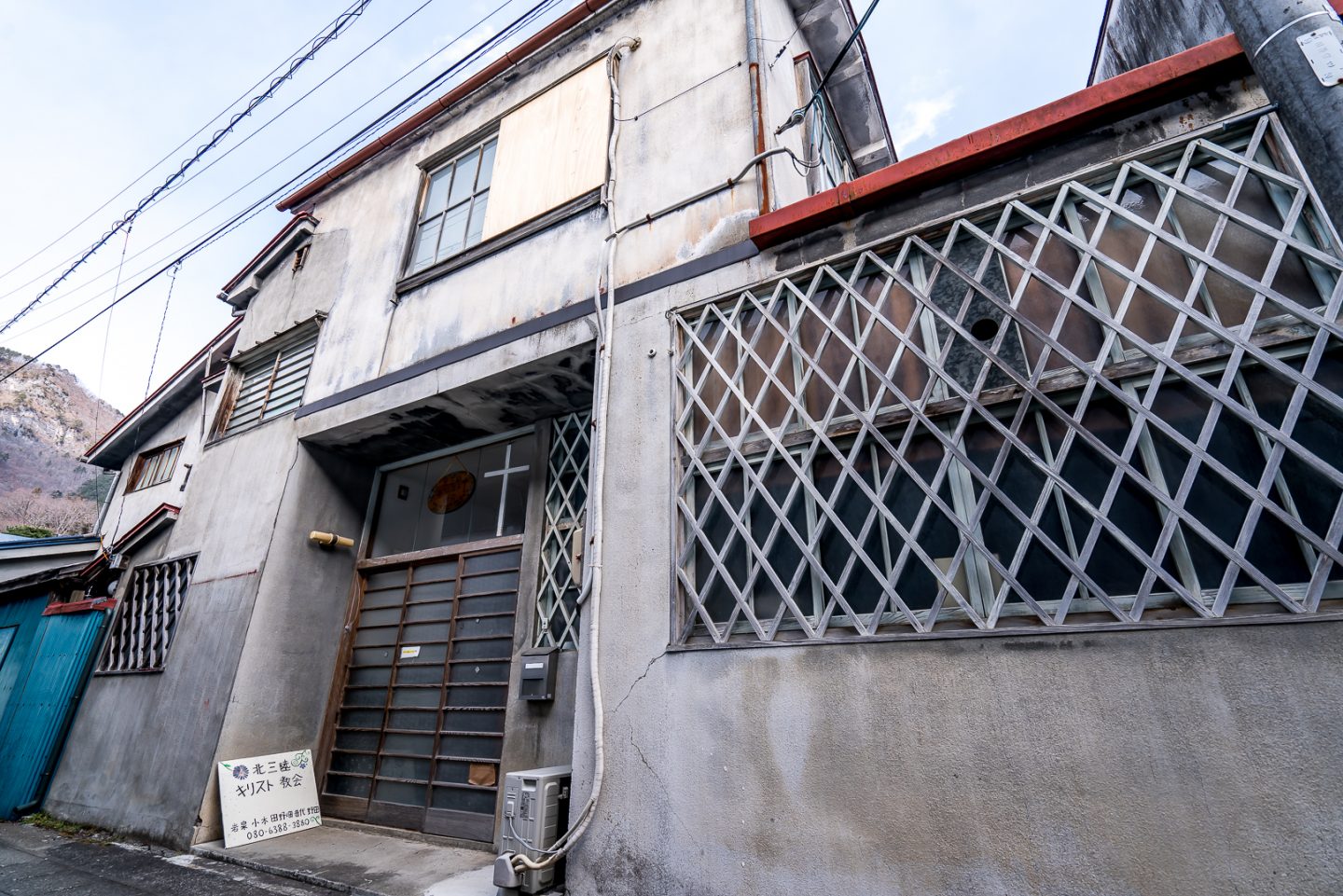
Kita Sanrikyu Christ Church in Iwaizumi is the only church in town. It also serves three neighbouring villages which have no churches. Photo by Rachel Phua.
When Yamuel Li first moved to the coastal city of Kamaishi in Iwate prefecture, he braced himself for a shock.
Li comes from the bustling streets of Hong Kong, where he used to be a pastor for 15 years. In 2008, he and his family moved to Tokyo to begin their first term as missionaries under missions agency SEND International. It was leaving one neon-soaked metropolis to live in another.
In 2014, during his second term, Li moved north to assist with post-tsunami relief efforts under Ipo Ipo, a former nonprofit affiliated with the 3.11 Iwate Church Network.
While Li and his family live in Kamaishi, a mid-size city of about 34,000 people, he serves in Yamada, a town further up less than half the population of Kamaishi. In both towns, most shops close by 8pm. Cafes and shopping malls are no longer across the road but a drive away.
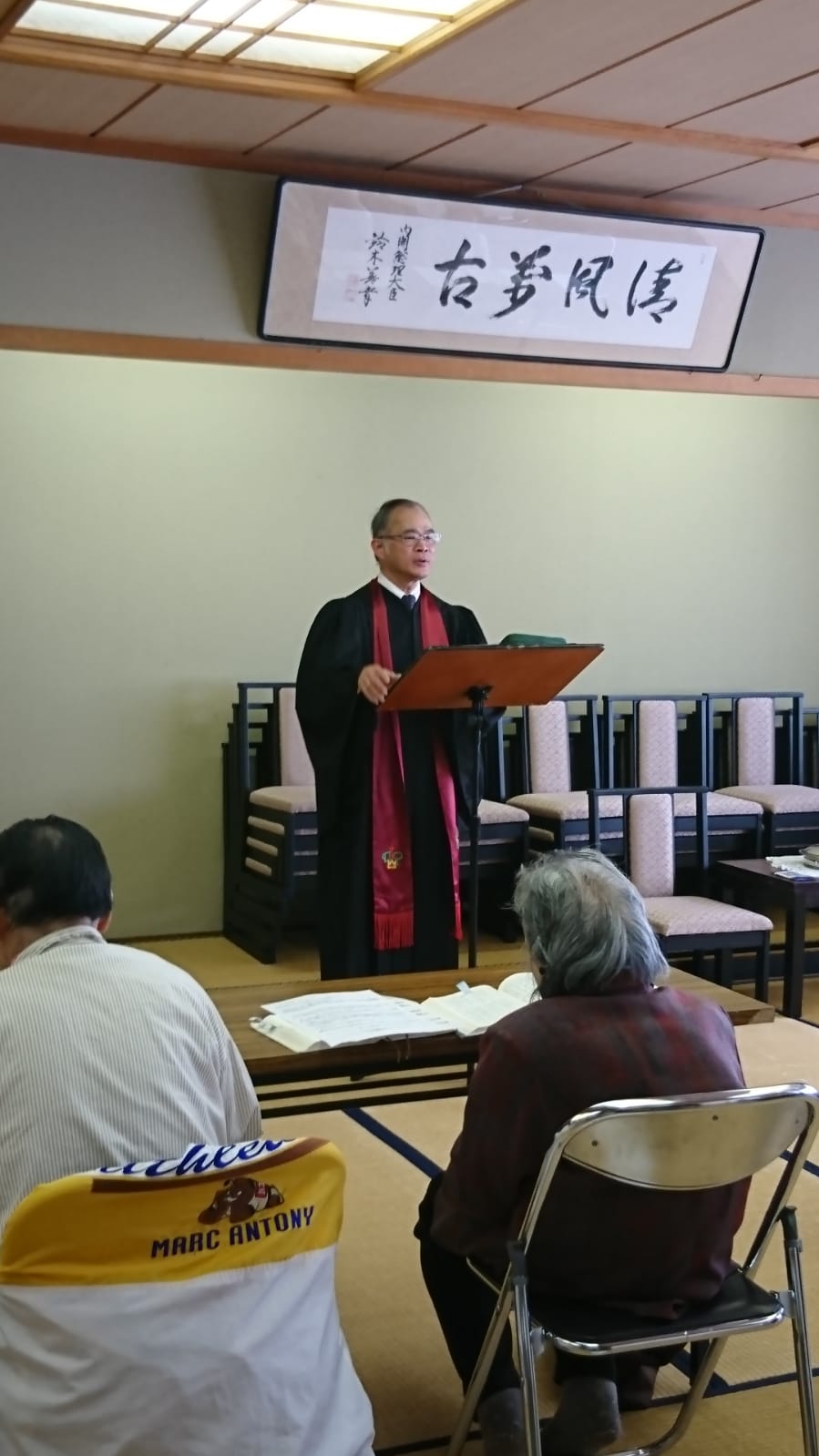
Yamuel Li and his family serve in Kamaishi, a small town north of Japan – a far cry from his days as a pastor in bustling Hong Kong, where he was born and raised. Photo courtesy of Yamuel Li.
He is still adjusting to the rural culture, he said. Here, missionaries minister in an environment where Gospel knowledge is weak – even among believers – and ancestral worship coalesces with social conformity to form a dogged wariness against Christianity.
Where labourers are really few
Li is one of the few foreign missionaries in Japan serving in a rural region, defined as an area with less than 50,000 people.
Figures attest to the need for more rural church plants. According to the Rural Japan Church Planting Network (RJCPN), there are approximately 1,715 out of 3,235 towns without a Protestant church, or 53% of all municipalities. All the unchurched towns are rural.
The World Bank estimates there are more than 10 million rural dwellers in Japan.
There are approximately 1,715 out of 3,235 towns without a Protestant church in Japan.
RJCPN data is based on pre-Heisei era municipal mergers (the mergers took place between 1999 and 2010), as the organisation maintains that these municipals merged in name, “they remain distinct communities at a relational and psychological level”.
Urban ministry has often been the focus when it comes to missions, given the strategy to reach centres of influence and a large number of people at once – using Paul’s preaching itinerary as a basis – especially as the world steadily urbanises.
Yet there’s no denying Jesus told His disciples to preach the Gospel to everyone on earth (Mark 16:15; Acts 1:8), even when the going gets tough.
For missionaries in rural Japan, their job involves introducing Christianity through activities, oftentimes as the sole worker. Dawn Birkner, the founder of RJCPN and the pastor of Kita Sanriku Christ Church in Iwaizumi, runs a Sunday service attended by only three others.
But throughout the week she is having tea and Bible study with seekers at their homes or nursing homes, driving through the four towns she has taken responsibility of to give out event invitations, and organising programmes at community halls in small hamlets. On Saturdays she runs another worship service in Kuji, a neighbouring city.
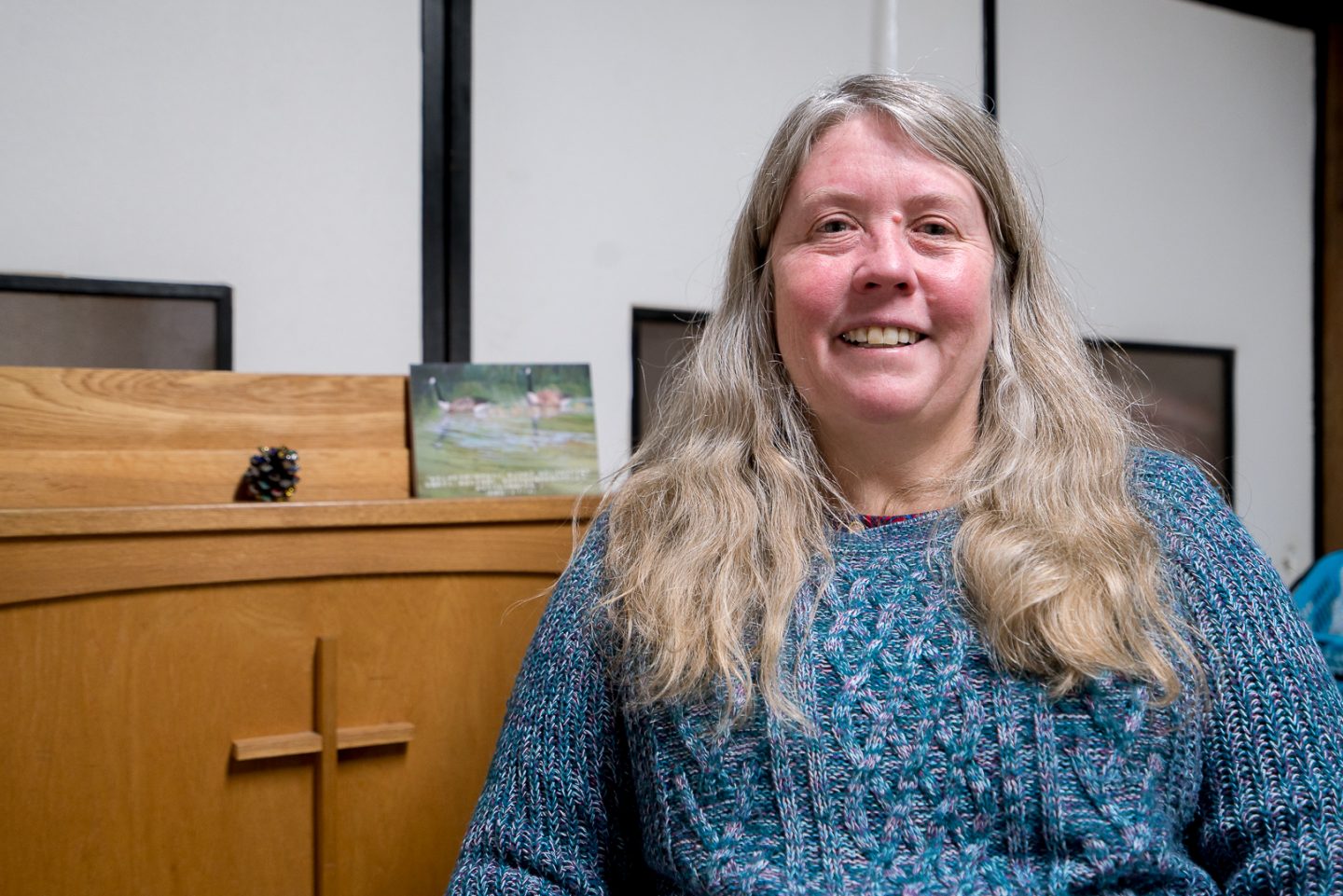
Dawn Birkner, who has been in Japan since 2001, relocated from Kagawa on Shikoku island to Iwate in 2012 to ensure that the unchurched areas hit by the tsunami still have support. Photo by Rachel Phua.
The process of communicating the Good News can take a much longer time than what urban Christians are used to, said both missionaries stationed in Iwate. For one, there are long-drawn social etiquettes and norms to get through.
Unlike in Hong Kong, residents in Yamada and Kamaishi invest a great deal of time in preserving their relationships, Li said, which means “you have to go for karaoke, have a cup of tea, talk about our families, before you can jump into the topic of faith”.
This issue of upholding harmony at all cost creates another bind for Li. While it may seem that the missionaries are making progress during their conversations with seekers, in reality what happens sometimes is that “because they want to keep the relationship, they will listen, but they will not accept” for fear of reprisals from their neighbours.
Even church members insist they are part of the common Japanese religions, he said. The morning of our Sunday interview, a woman came up to his wife to declare: “I’m a Buddhist!” Another elderly attendee in his 80s told Li he enjoys the Sunday services, “but please, don’t ask me to accept Jesus”.
Being a Christian makes one an outcast in Japan, where Buddhist and Shinto beliefs have become indigenous.
Ancestor worship has thus become a deeply embedded, even obligatory, practice the Japanese follow. The eldest son in each household, who tends to stay put in the family’s hometown, is entrusted to take care of the altar and perform the rituals.
This makes it even harder for those living in the provinces to become a Christian, said Birkner, as their conversion is equivalent to betraying their family.
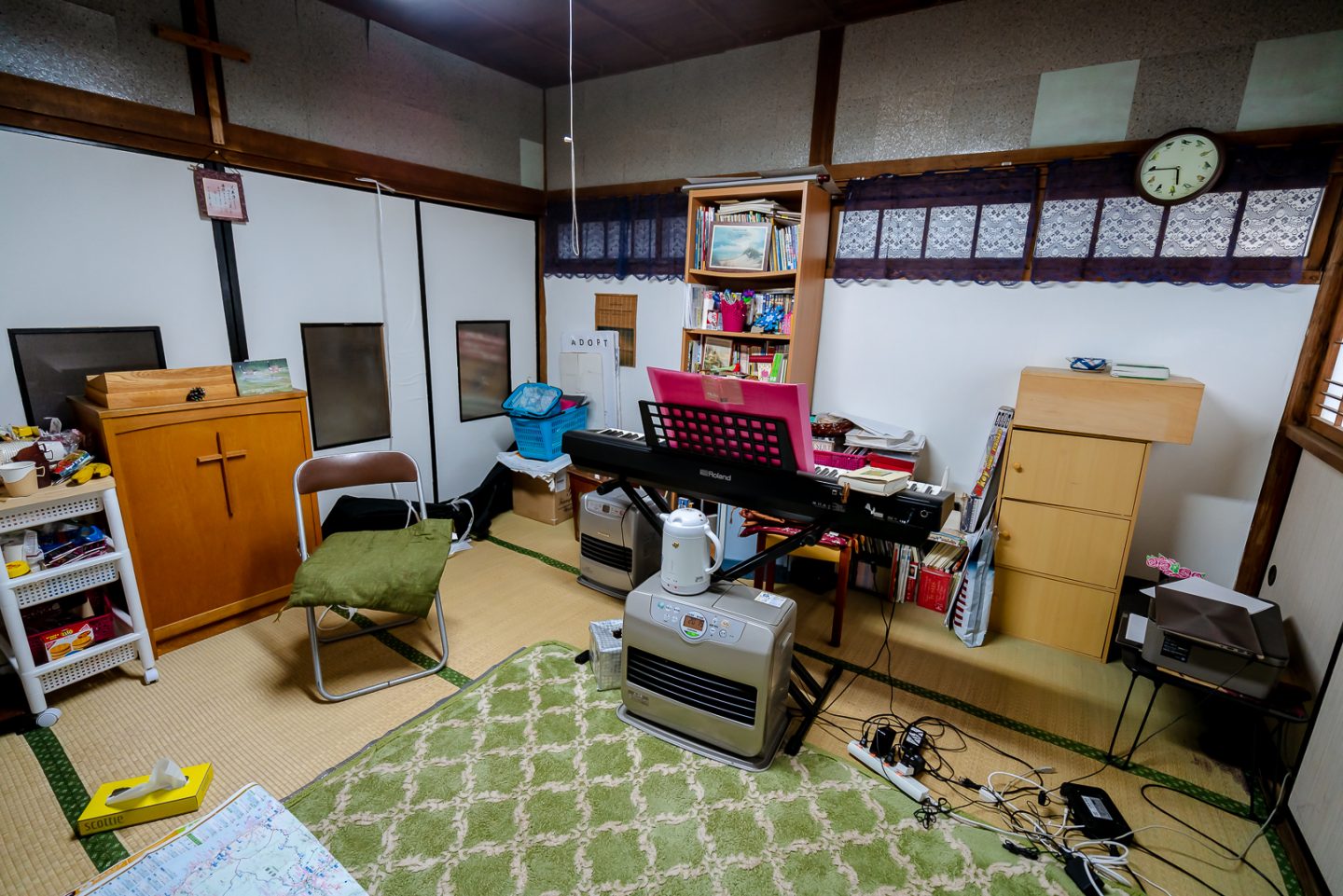
The tiny room where the Kita Sanrikyu Christ Church congregation of four meet every Sunday. Photo by Rachel Phua.
“On the other hand, if they do come to the faith, then they have a bigger influence on their extended family as well,” she added.
Short-term volunteers provide the extra hands needed so that missionaries can concentrate on preaching or getting to know the locals.
Rural Japan is also at a different starting point when it comes to the Great Commission, having had little to no knowledge about Christianity, Birkner said.
Cities like Tokyo and Kyoto, the starting point for most missionaries, have had more than a century of exposure to Christianity, so even if the locals aren’t believers they would have heard of Christian concepts and churches.
Unfortunately, with little theological resources, the flipside is true in the countryside.
Li said those professing to be followers of Christ may understand the church as just a building and the cross as a symbol of the religion. Li recalls that when he called another church member a “brother” once, an elder stepped forward, asking, “What, are you really his brother?”
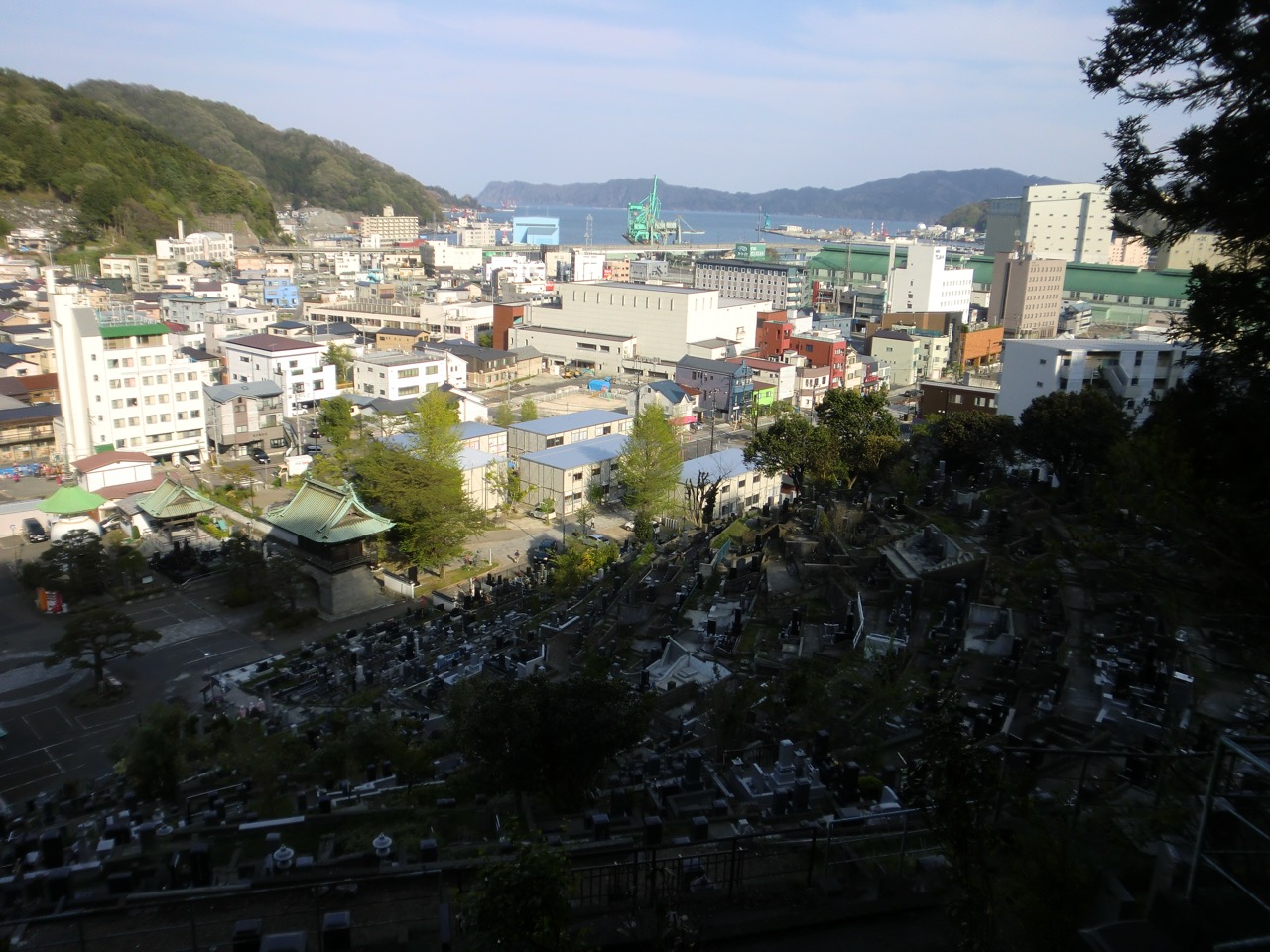
Downtown Kamaishi, a small city ravaged by the 2011 tsunami. A few missionaries have moved here since. Photo courtesy of Mark Hoshizaki.
You could help
Despite the setbacks, rural ministry can be just as fulfilling because of the potential reach, said Dr Joshua Laxton. He is the acting director of the Rural Matters Institute, an institute of the Billy Graham Center at Wheaton College.
“They’ve been waiting for 2018 years for someone to bring the Gospel.”
“If I’m in a boat in the middle of the Sea of Japan, and I dropped a boulder, there would be ripples, but very few people will see it. But if I did that in a swimming pool, people will really see the effect.”
The same goes for ministry in a smaller environment. The Gospel’s impact will more likely be seen by the entire community because the town is small enough for most people to see or hear about it, Dr Laxton said.
Mark Hoshizaki, a missionary with International Mission Board in Kamaishi together with his wife, Wendy, said that they thought they would miss living in a big city with it conveniences, but the liveliness of rural ministry has kept loneliness at bay.
“In general, the people in the small town are friendlier and more likely to engage in conversation than people in the cities who are always caught up with their busyness,” Hoshizaki said, adding that these areas have a large number of lonely elderly that opens the door to evangelism.
Missionaries of all sorts may be of better use in rural ministries too, said Birkner, including short-term mission trippers, a group that has been a source of controversy. Urban churches usually have plenty of manpower such that interim volunteers bring little to the table, but since rural missionaries are frequently alone, these short-termers provide the extra hands needed to give out flyers or prepare craft supplies so that missionaries like Birkner can concentrate on preaching or getting to know the locals.
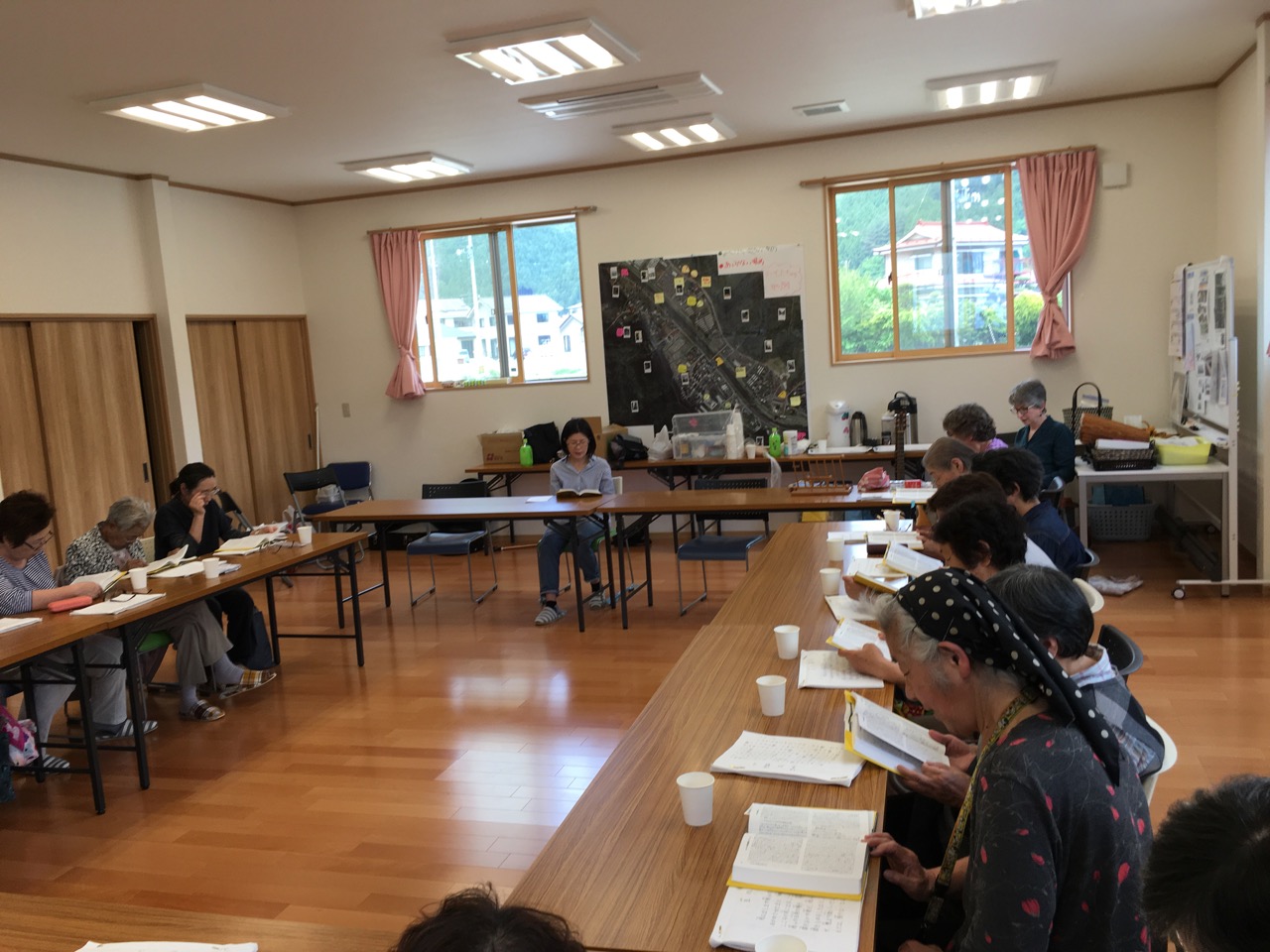
In a community centre in Otsuchi, a Japanese volunteer shares her testimony with a group of mostly seniors. Mark and Wendy Hoshizaki also work in the town, which is north of Kamaishi. Photo courtesy of Mark Hoshizaki.
In sum, there is a “tremendous need” for workers and church planters in rural Japan, she said. These places have had no access or impression of Christianity, and “they’ve been waiting for 2018 years for someone to bring the Gospel”.
Model for missions
Dr Joshua Laxton uses what he calls the ‘ABC’ model based on Acts 17 when it comes to thinking about missions:
A – Awareness. As an outsider, one has to be aware about “the heartaches, the hang-ups, the celebrations” of the community. Attend local festivals, workshops and gatherings.
B – Bridge. Look for ways to explain the Gospel using symbols and figures the locals are familiar with, just as Jesus used the agrarian parables, or Paul used the statue of an unnamed god (Acts 17:23) to contrast with the living and present God. In the case of ancestor worship, most of its practitioners probably do it out of habit rather than insight. This provides the opportunity for missionaries to discuss how Christianity frees people from idolatry.
C – Contextualisation. Think about how the Gospel looks in the community. Is it showing them hope by offering employment opportunities via a social enterprise? Or explaining to those who cannot get over regret that they have a new slate because of Christ’s death?
We are an independent, non-profit organisation that relies on the generosity of our readers, such as yourself, to continue serving the kingdom. Every dollar donated goes directly back into our editorial coverage.
Would you consider partnering with us in our kingdom work by supporting us financially, either as a one-off donation, or a recurring pledge?
Support Salt&Light